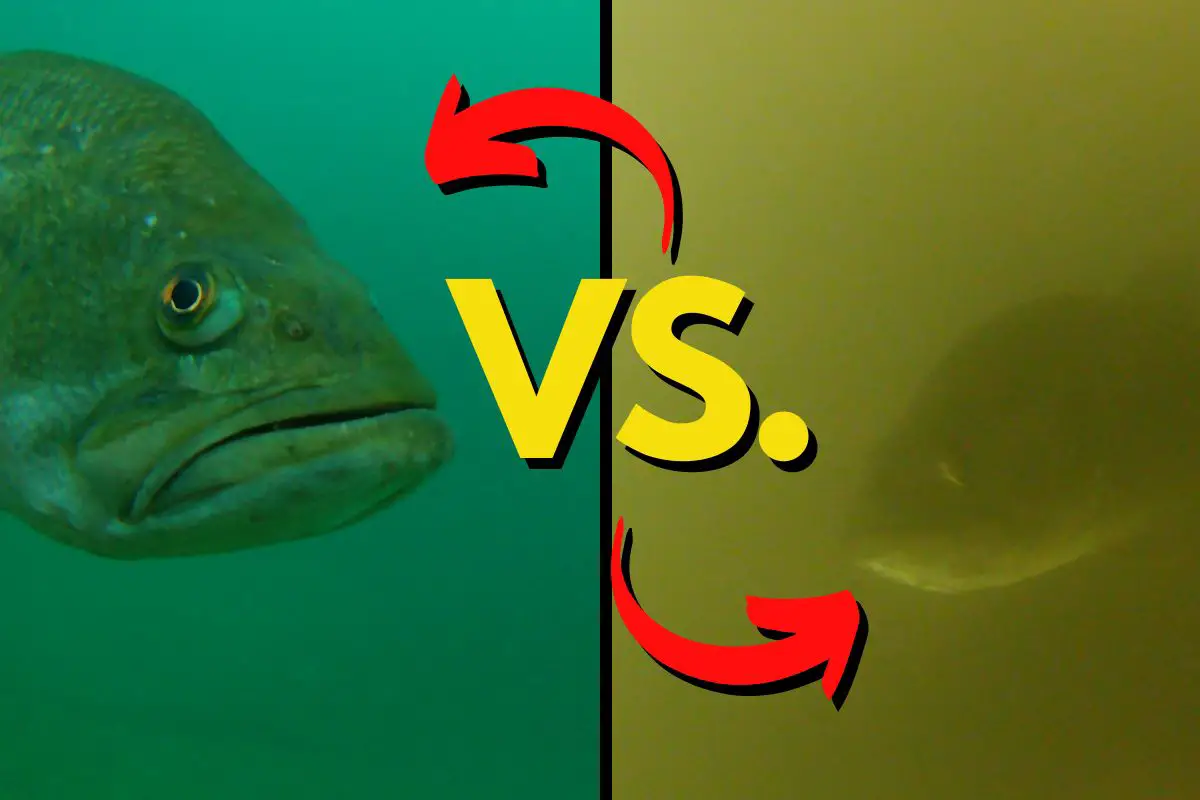Anglers know that water clarity can play a critical role in their success. We need to take into consideration both the long-term and short-term conditions to make the right adjustments each time we go out.
Bass rely on their sense of sight for feeding. Fish that live in a normally stained water environment have adapted to feeding with limited visibility, but looking for the cleanest water an angler can find will put them around very sight-oriented bass.
There are a couple of factors that we need to consider about the long-term conditions of the water we are fishing.
Is the Water Normally Stained or Clear?
Bass that live in dirty or stained water the majority of the time have adapted to finding and feeding on prey with other senses.
The lateral line on a bass is highly sensitive and while it cannot pick up vibrations from a great distance, it is sensitive enough to notice the sound waves from a crayfish walking.
Most biologists believe that the effective range is about 4ft.
Bass that live in low-visibility conditions also tend to move shallower than their clear water cousins and relate to hard cover.

However, bass in these environments will move to clear water areas if they can find it. A perfect example is after a rain. If the runoff is slow and clean, it will draw fish to the area where it is spilling into the lake. The added current and oxygen levels also play a key role in pulling stained water bass toward the clearer water habitat.
What about bass that live in a normally clear water ecosystem?
These fish have become strong sight feeders.
When the water clarity changes suddenly from clean to stained or dirty water, the fish can shut down and bites may be hard to come by.
In this scenario, where the water is normally clear, it is always best to find the cleanest water you can find. It may take some looking around, but the effort is worth it.
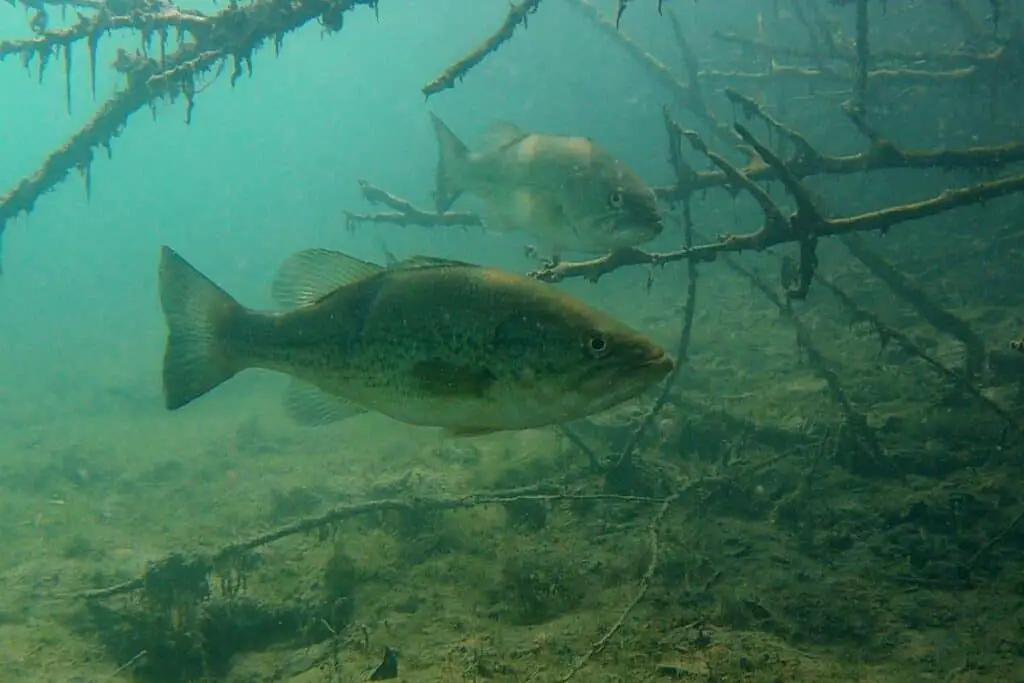
Here is a perfect example.
When fishing the upper Mississippi River several summers ago, Minnesota had taken a severe beating from storms. This portion of the Mississippi traditionally has good visibility.
I happened to be working through a portion of the Minnesota Slough when the storm surge burst out of a tributary and turned the water to mud in short order.
(Here is an article on best lure color choice in dirty water with underwater proof.)
The bite vanished.
We pulled out our phones and looked at Google Earth. Before long we found a portion of the slough that does not get directly hit by the current. Upon motoring over there we found a large bay where the water remained clean.
The bass moved into it by the dozens and we proceeded to catch a pile of fish.
(Here is an article explaining how to tell if you have the right color lure.)
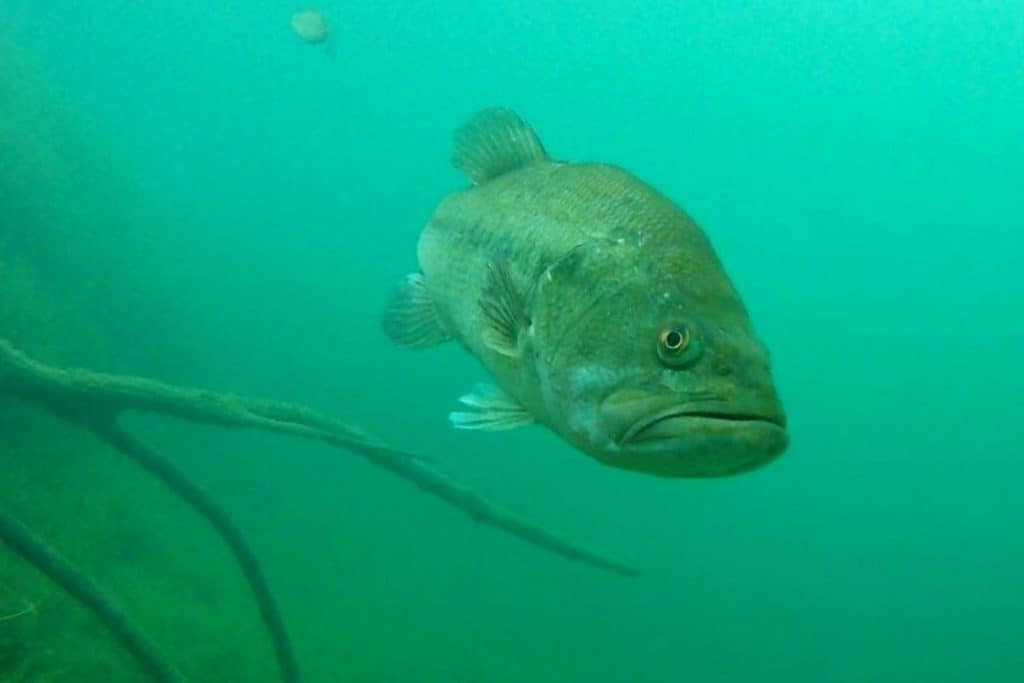
The Challenge of Fishing Clear Water
While bass are drawn to high-visibility situations, there are plenty of challenges for anglers.
First, it is important to remember that distance is key to success. This distance needs to be considered both horizontally and vertically.
In clear water, fish are aware of our presence well before we get anywhere near them. The better quality bass are even more astute and will slip away without anglers standing a chance of catching one.
Long casts, lighter lines, and finesse presentations are all key components to success in clear water.
I spend most of my time fishing water where you can still see the bottom at a depth of 20ft. This means that often I catch bass in that 30-40 ft range. While this is an extreme case, it demonstrates the type of distance that it may take to be successful.
Locating Bass in Stained or Dirty Water
As mentioned earlier, the more restricted the visibility the shallower the fish will move.
There are other factors, like oxygen, temperature, and current, but it is always good to start looking shallow in dirty water and move your way out.
The bass will pull onto hard cover as well.
It is similar to how we act when the power goes out. Our instincts are to reach with our hands and move through the house by feeling for something hard – like the walls or doorways. Bass do the same thing.
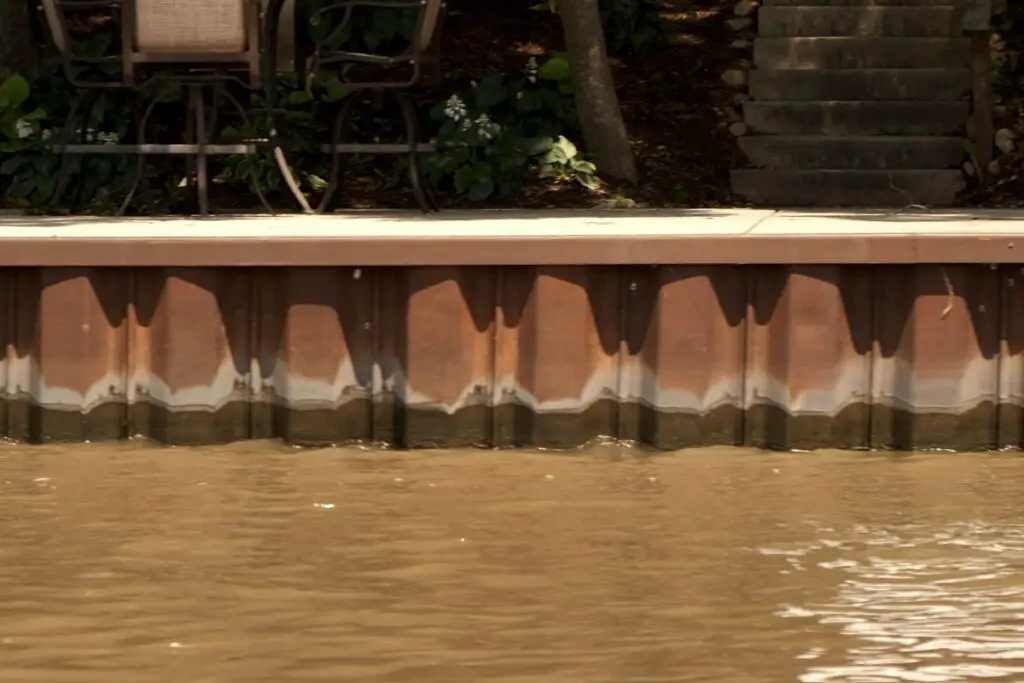
This hard cover or structure could be rock, wood, dock pilings, and seawalls.
One of the most important factors for success when fishing in murky water is casting accuracy. Often the baits we use will need to be placed perfectly. Our jigs, Texas rigs, and other target-oriented lures will need to be dropped with precision. Missing a piece of cover by a few inches can mean the difference between a bite and nothing.
Repeated casts to the same location is also an effective approach.
Moving Lures and Locating Bass in Stained Water
It can take a long time to locate bass when fishing slow-moving lures that are flipped or pitched.
The goal of every angler is to find bass and then pick an area apart and see what is there. So how do we do that if the bass are tight to cover and their strike zone is reduced?
Some excellent dirty water lures that offer plenty of thump, yet can still be worked around cover include spinnerbaits, bladed jigs, squarebills, and other crankbaits with rattles.
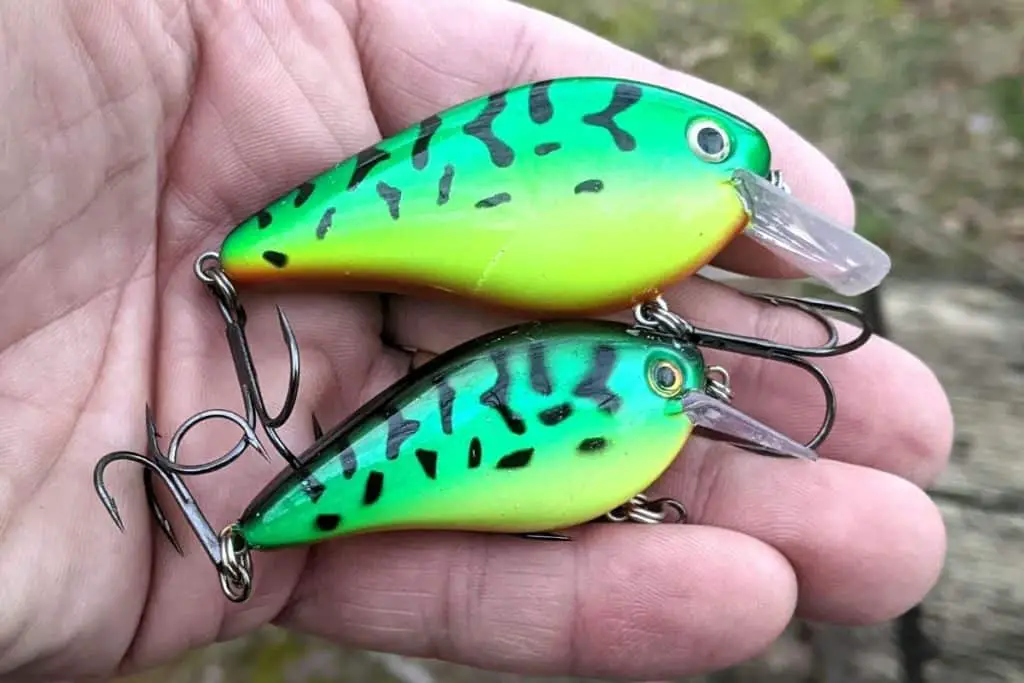
While we hope to catch a bass with these lures, it is imperative that we pay close attention to what is happening. Feeling a bass swipe at the lure, witnessing a follow, or a small blow-up can give us critical information about where the bass are holding.
(Here is an article on effectively fishing a crankbait from shore.)
We can then work the area in a more thorough fashion with the target-oriented lures mentioned earlier.
Water Clarity and Angler Confidence
An important aspect we must mention is angler confidence.
Some of the best bass anglers in the world shy away from clear water and others hate to fish in muddy situations. Each of us has a preference.
Even if bass in a particular lake prefer the cleanest water possible, an angler may do better searching for a location with a little color to it. This will let the angler move closer and not worry about the ultra-finesse techniques that are often necessary when the water is crystal clear.
If you are not confident in an area, it is almost guaranteed it will limit your success. Find a water clarity you are most comfortable with. Then practice fishing in situations that expand your comfort level when the opportunity arises. Soon you will have confidence in a variety of water clarities.
Good luck out there and be sure to encourage someone today. You never know how you may change their life forever.
Isaiah 6:8

